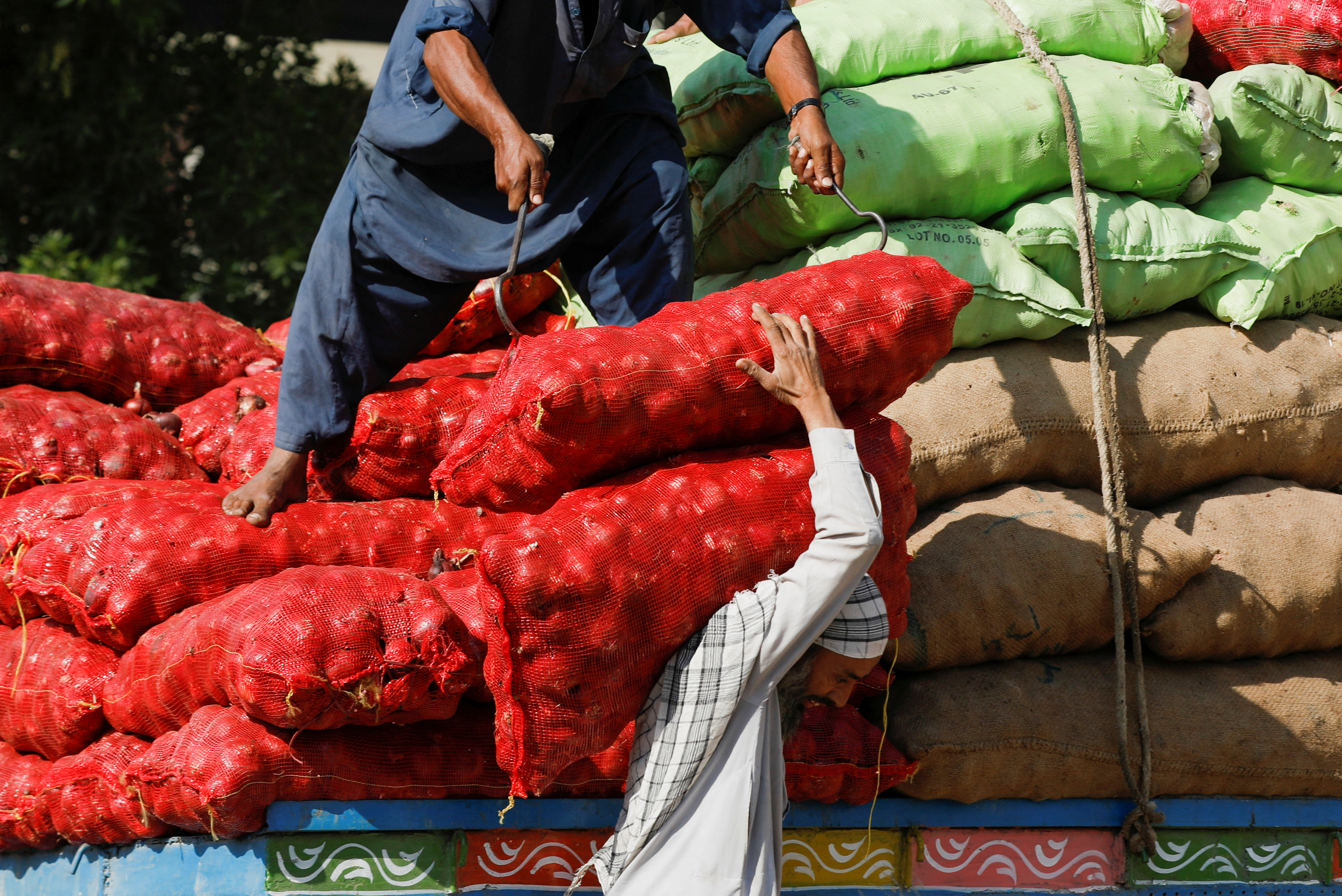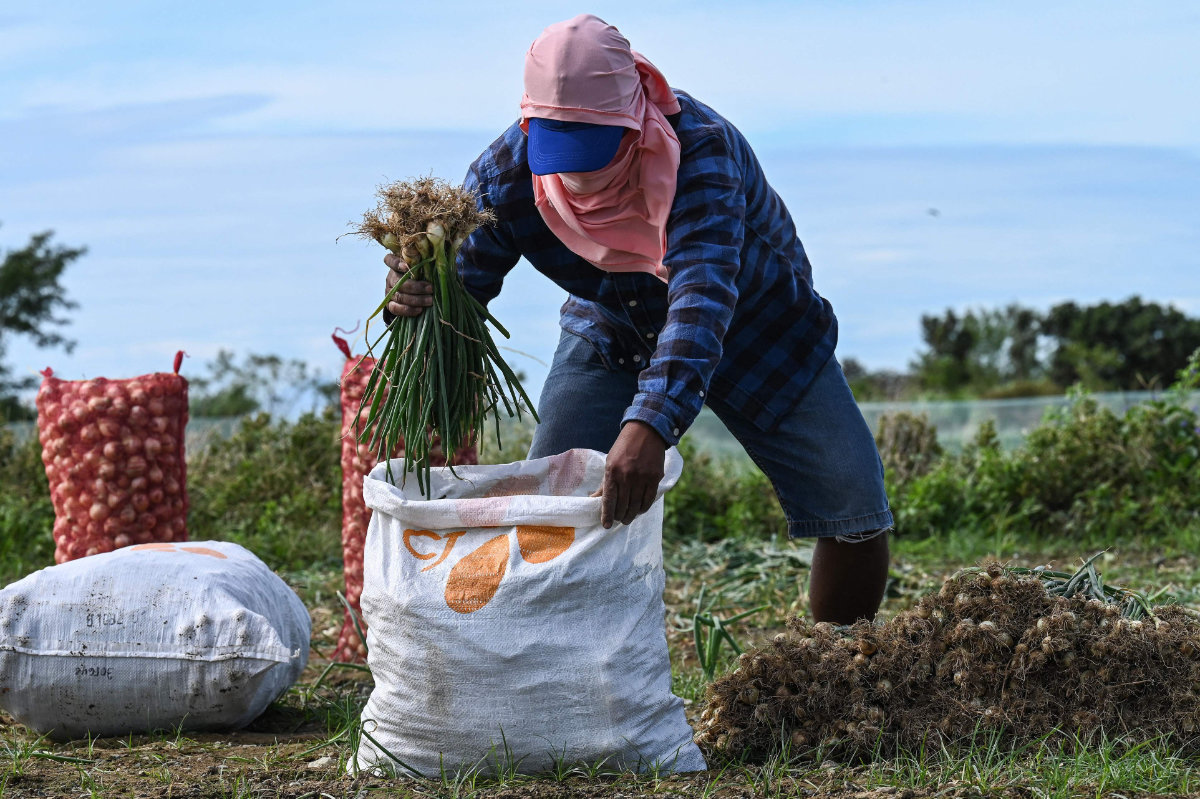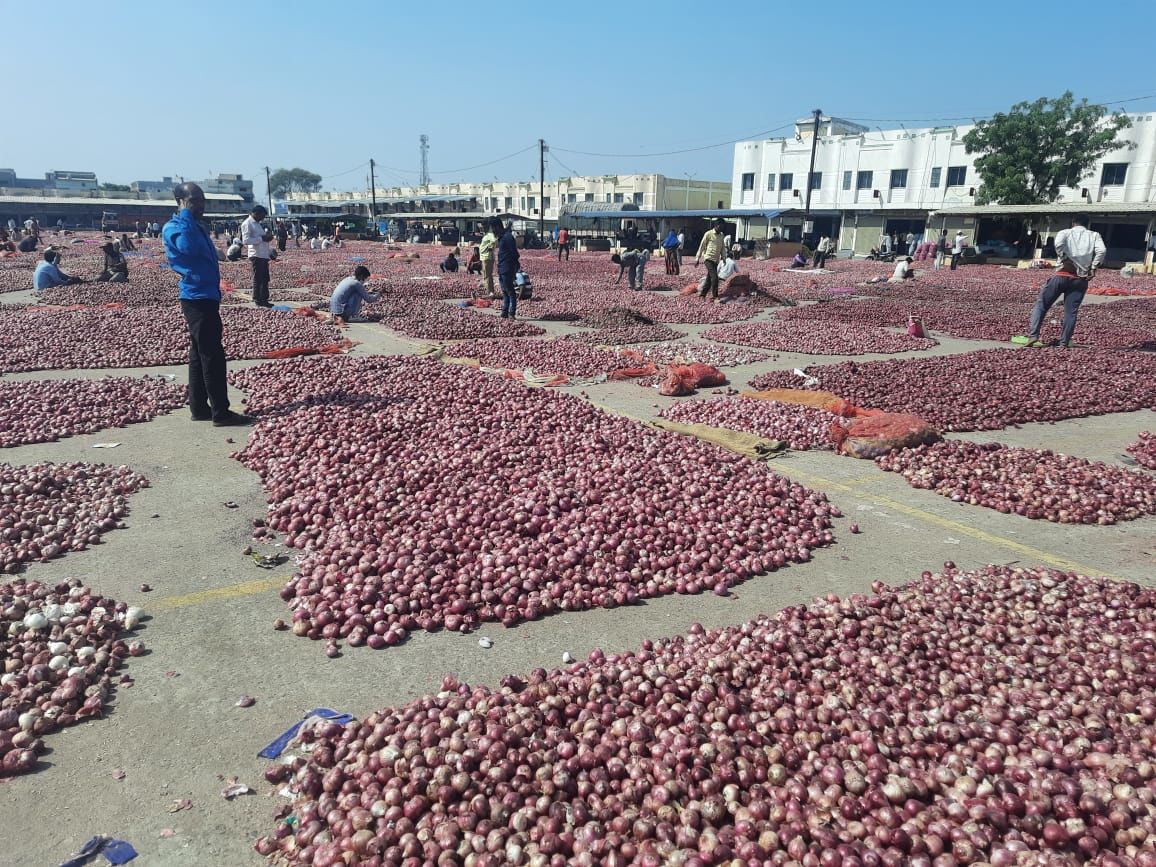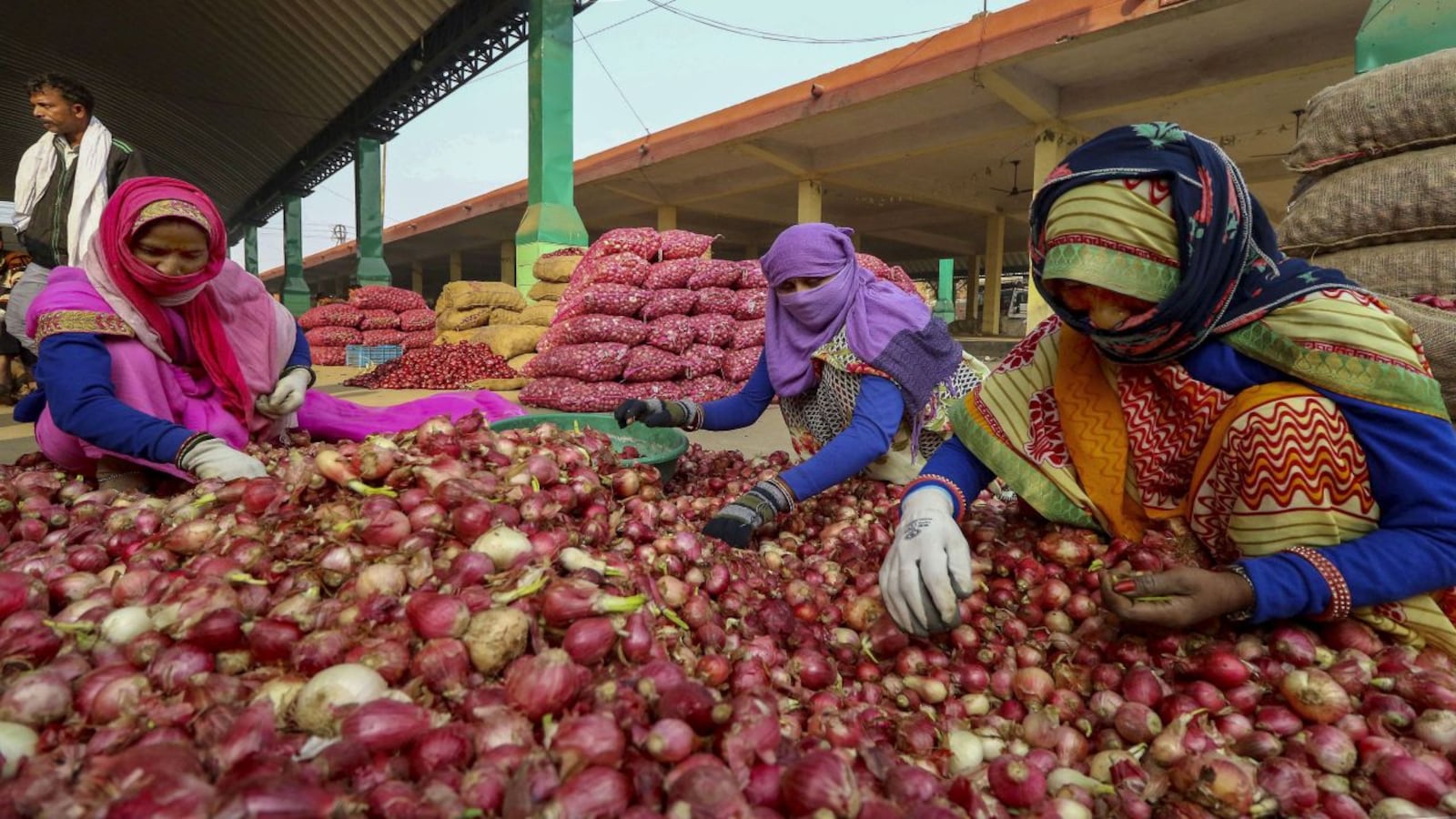The Impact of Onion Prices on Consumer Budgets: A Look at the Future 2023

The Impact of Onion Prices on Consumer Budgets: A Look at the Future 2023
For a year, there has been no increase in the price of vegetables.
Onion prices have been a matter of concern for consumers and policymakers alike. The volatility in onion prices is not uncommon, and fluctuations in supply and demand often contribute to price hikes. However, recent trends indicate that onion prices are gradually increasing, and there are concerns that the prices may rise even faster by December 2023.

Onion, another typical food, has become more expensive shortly after the increase in tomato prices. After a protracted period of decrease, onion prices have increased recently throughout most of the nation and may continue to climb. Supplies have already been negatively impacted by the late monsoon’s arrival, and the delay in kharif planting, and the shortage may get worse by December, according to trade sources.
Maharashtra farmers and traders claim there are now enough supplies in the state to supply demand for the next three months. However, due to the potential for less land to be planted in Kharif crops, supply may be affected by December, and prices are expected to increase.

According to former Manmard (Maharashtra) mandi board director and onion farmer Balasaheb Misal, “Kharif sowing is likely to be hit and could result in a spike in prices by the beginning of winter months.” Since last year, he continued that farmers have yet to get adequate compensation for raising onions.
The farmers may switch to other crops this season as income from onions has decreased due to robust output, according to Joydutt Holkar, member of the APMC mandi in Vashi, Navi Mumbai.
The benchmark rates for onions are between Rs. 800 and Rs. 900 per quintal in Lasalgaon, Maharashtra, the country’s onion trade centre, and have been at this level for the past year.

However, the average retail price of onions has significantly increased over the last month across all five areas, according to statistics from the Department of consumer affairs. Even though they have decreased from the prior year, retail prices have. Retail onion inflation was down 5.48% year over year in May 2023. However, between May 2023 and April 2022, the inflation rate for kitchen lights decreased by double digits.
The government now owns 0.14 million tonnes (MT) of onions acquired from farmers a few months ago. In contrast to the 0.2 MT of onions purchased the year before, the government bought 0.25 MT in 2022–2023 for the buffer stock.
The Madhya Pradesh, Gujarat, and Maharashtra farmers who supplied the onion stock were members of the farmers’ cooperative NAFED.
Unlike the last few years, the government has not prohibited the export of onions since 2021 began.
According to the trade ministry, “the current export policy of onions is free and only the export of onion seed is “limited” and that too is permitted with DGFT authorization.”

Onion output is anticipated to increase from the 31.7 MT reported in the previous year to 31.01 MT for the crop year 2022–2023 (July–June). In 2020–21, kitchen bulbs produced 26.64 MT. India is the world’s largest onion grower, with Maharashtra, Madhya Pradesh, Karnataka, and Gujarat accounting for more than 80% of the nation’s output.
Around 65% of the nation’s onions are produced during the rabi crop’s April to June harvest, which satisfies consumer demand until the Kharif crop is harvested in October and November. Due to their unique moisture content, onions harvested in the kharif season are not preserved and sold immediately.
Factors Influencing the Current Price Increase:
- Supply Constraints: One of the primary reasons behind the recent rise in onion prices is the limited supply. Various factors, weather conditions, diseases, and pests, influence onion cultivation. A decline in onion production due to adverse weather patterns can lead to a decrease in supply, ultimately impacting prices.
- Storage and Warehousing Issues: Proper storage facilities are crucial in maintaining the quality—availability of onions throughout the year. Inadequate storage infrastructure, post-harvest losses, and inefficient distribution networks can disrupt the supply chain, reducing availability and higher prices.
- Export Restrictions: In some cases, governments may impose restrictions on onion exports to ensure an adequate domestic supply. Such export bans or limitations can further tighten the collection in the international market, resulting in higher prices.
- Fluctuating Demand: Changes in consumer preferences and dietary habits can affect the demand for onions. Additionally, rapid population growth and urbanization in certain regions can increase consumption, putting additional pressure on the limited supply.

Projected Reasons for Further Surge by December 2023:
- Seasonal Factors: Onion prices often witness an upward trend towards the end of the year due to seasonal factors. In many regions, onions are harvested in the summer, and their availability reduces during winter. As a result, the demand-supply gap tends to widen, leading to a price surge.
- Transportation Costs: Rising transportation costs, including fuel prices, can significantly impact onion prices. If transporting onions from the production centres to the markets increases, it can further escalate the overall cost for consumers.
- Market Speculation: Speculative activities in commodity markets can also contribute to price volatility. Traders and investors may anticipate a surge in demand or supply constraints and buy or hoard onions, leading to artificial scarcity and price manipulation.
- Inflationary Pressure: Inflationary pressures in the economy can spill over into the agricultural sector, impacting the prices of essential commodities like onions. If there is a general rise in overall prices, it can add to the burden on consumers, making onions more expensive.

Impact on Consumers and Mitigation Measures:
The increase in onion prices can significantly impact consumers, especially those belonging to lower-income groups. Onions are a common ingredient in various cuisines, and their cost increases can directly impact household expenses. To mitigate the effects, governments can consider the following measures:
- Strengthening Storage Infrastructure: Investing in modern storage facilities and promoting efficient supply chains can help reduce post-harvest losses and ensure a steady supply of onions throughout the year.
- Diversifying Onion Cultivation: Encouraging diversification of onion cultivation across different regions can minimize the risk of crop failures due to localized weather conditions or disease outbreaks.
- Importing Onions: Importing onions from neighbouring countries during times of scarcity can help stabilize prices and ensure an adequate supply.
- Promoting Substitutes: Encouraging alternative vegetables or ingredients as substitutes for onions can help ease the burden on consumers during high prices.

Onion prices are gradually increasing, and there are concerns that the prices may rise even faster by December 2023. Supply constraints, storage issues, export restrictions, and fluctuating demand contribute to the recent price hike. Seasonal factors, transportation costs, market speculation, and inflationary pressure are projected to escalate prices further. Governments must implement measures to improve storage infrastructure, diversify cultivation, and explore imports to mitigate the impact on consumers. While the situation remains uncertain, proactive steps can help alleviate the burden on consumers and ensure a stable onion market.




